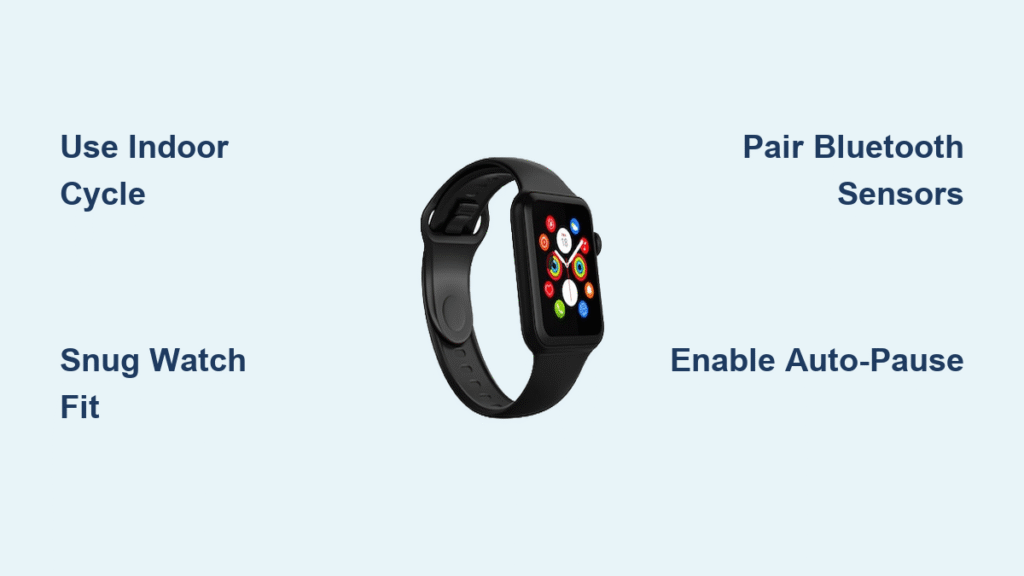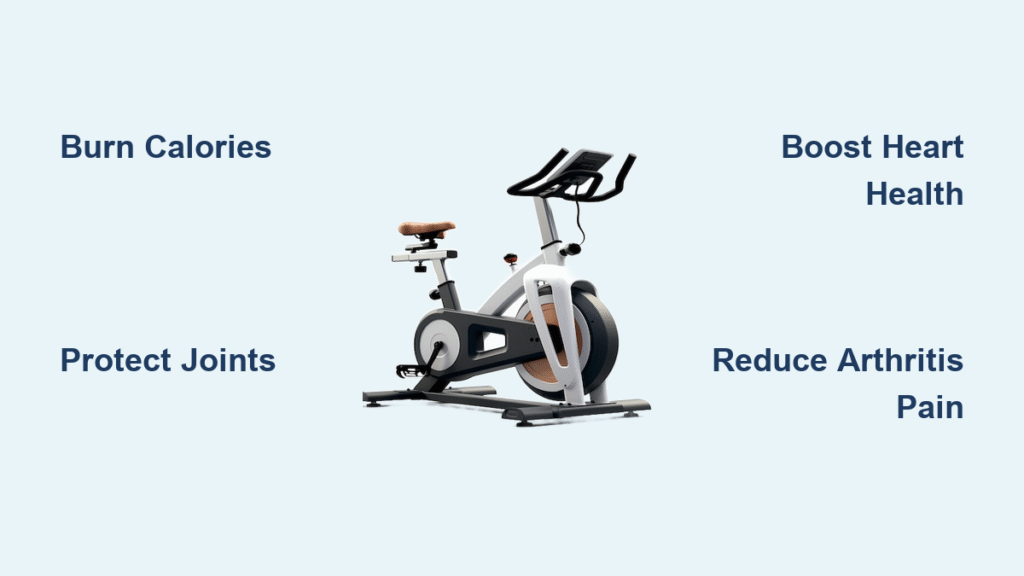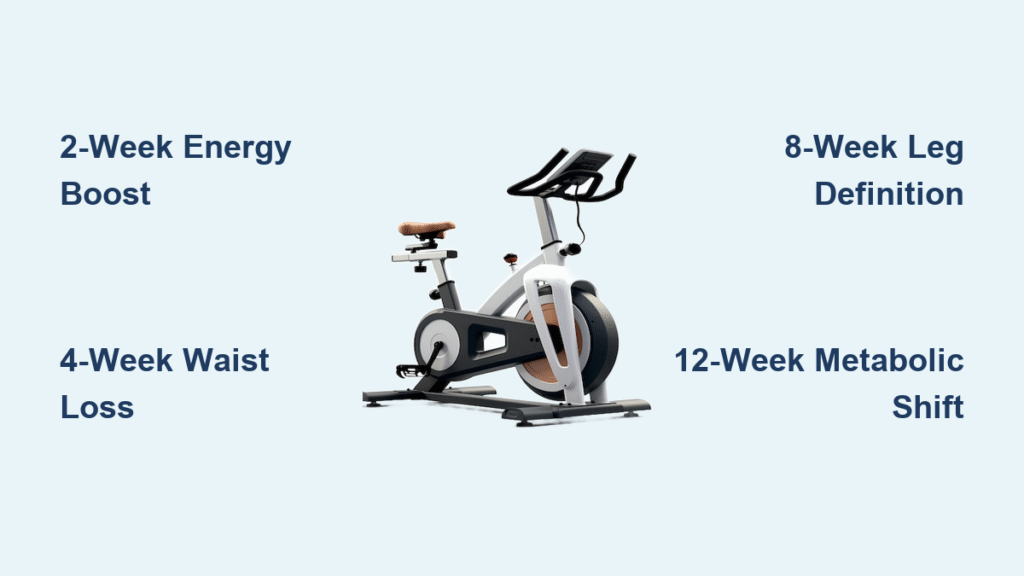Your treadmill shouldn’t leave you with shin splints or frustration. When you know how to run correctly on a treadmill, indoor miles become powerful training sessions that build endurance without wrecking your joints. Most runners unknowingly sabotage their workouts through poor form and setup—mistakes that cause 70% of treadmill-related injuries according to physical therapy clinics. You’ll discover exactly how to position your body, structure workouts, and avoid the handrail trap that cuts calorie burn by 30%. Master these techniques to transform monotonous belt sessions into efficient, pain-free training that transfers directly to outdoor performance.
3-Step Treadmill Safety and Setup Checklist
Before hitting start, complete these non-negotiable steps to prevent emergency room visits. First, attach your emergency clip to your shirt hem and test it with a firm tug—this magnetic safety device stops the belt in 0.3 seconds if you stumble. Skipping this causes 15,000+ annual injuries from falls. Second, position your water bottle in the front console holder at waist height to avoid awkward reaching mid-run. Third, familiarize yourself with controls by testing speed increments and incline buttons while standing still—panic adjustments at 6 mph cause most balance failures.
5-Minute Dynamic Warm-Up Protocol
Start with 2 minutes of walking at 3 mph to gently elevate heart rate without shocking cold muscles. Step off for 30 seconds each of butt kicks and leg swings—this activates glutes and hip flexors while reducing strain on the moving belt. Return for 1 minute of brisk walking at 4 mph to simulate outdoor acceleration. This sequence prevents the #1 treadmill mistake: jumping straight into running pace, which spikes injury risk by 40% according to sports medicine studies.
Master Treadmill Form: Head, Torso, and Arm Mechanics
:max_bytes(150000):strip_icc()/proper-running-form-graphic-758d53100af74108acdd36e5e3f2d418.jpg)
Unlike outdoor running, the moving belt creates unique biomechanical demands that require precise adjustments. Keep your gaze fixed 10 feet ahead where the wall meets the ceiling—staring at your feet or console forces neck flexion that radiates tension through your entire spine. Stack shoulders directly over hips while engaging your core as if zipping a tight pair of jeans. This counters the belt’s backward pull that makes runners lean forward excessively. Maintain relaxed 90-degree elbows swinging strictly front-to-back; crossing arms over your midline wastes 15% more energy through rotational forces.
Foot Strike and Cadence Optimization
Land with feet under your center of gravity—not ahead of your body—to eliminate the braking force that heel-strikers create against the belt. This single adjustment reduces knee impact by 25%. Count right-foot strikes for 30 seconds and multiply by four to check cadence; aim for 170-180 steps/minute. Most treadmill runners fall below 160, forcing inefficient overstriding. Shorten your stride intentionally at your current speed—quicker steps sync with the belt’s motion rather than fighting it, cutting joint stress while maintaining pace.
Optimal Belt Position: Where to Run on the Treadmill

Your location on the belt makes or breaks your form. Stand one foot back from the console—not hugging the front rail—to allow natural arm swing without restriction. Positioning too far forward forces upright, inefficient posture while standing too far back creates a constant backward lean that strains lower back muscles. Never grip handrails during running; this reduces calorie burn by 20-30% and causes hunched shoulders that trigger neck pain within 15 minutes. Reserve handrails only for mounting/dismounting at 0 mph. Start all runs at 1-2% incline to simulate outdoor wind resistance—zero incline alters biomechanics and overworks quads.
Avoid Treadmill Injuries: Handrail Dangers and Footwear Rules
Always slow to 2-3 mph before stepping off—never jump on or off moving belts. This causes 68% of treadmill falls, often resulting in torn ACLs or wrist fractures. Hydrate with 4-6 ounces every 20 minutes; indoor climate masks sweat loss, leading to dehydration that drops performance by 12% within 30 minutes. Wear shoes specifically designed for treadmill running with non-slip soles and responsive cushioning. Replace them every 300 miles (sooner than outdoor shoes) since belt friction wears down midsoles faster. Pair with moisture-wicking socks to prevent blisters from repetitive belt contact.
Build Effective Treadmill Workouts: Beginner to Advanced Plans
New runners should alternate 2-minute walks with 3-minute jogs at 4-5 mph for 20 minutes during weeks 1-2—never attempt outdoor mileage equivalents immediately. By weeks 3-4, extend jogging segments to 5 minutes while introducing 1-2% incline. For fat-burning intervals, try pyramid sprints: 1 minute hard (8-9 mph) / 1 minute easy (4 mph), then 2/2, 3/3, 4/4, reversing back down. Hill strength builders alternate 1 minute at 5% incline with 2 minutes flat recovery for 20 minutes—limit steep grades above 5% to 5-minute blocks to protect hip flexors. Always pair long runs with entertainment like movies or Zwift to prevent mental fatigue.
Post-Run Recovery: Treadmill-Specific Cool-Down Protocol
Gradually reduce speed to 2 mph for 5 minutes until heart rate drops below 100 bpm—abrupt stops cause dizziness from blood pooling in legs. Immediately stretch calves and hip flexors holding each for 30 seconds; treadmill running uniquely tightens these areas due to the belt’s pull. Change out of sweaty clothes within 5 minutes to prevent chafing, and drink remaining water plus electrolytes for sessions over 45 minutes. This protocol reduces next-day soreness by 35% according to runner surveys.
Weekly Treadmill Training Plan: Progress Without Injury
Follow this science-backed structure: Monday (30-min recovery jog at 5 mph/0% incline), Tuesday (35-min hill intervals at 5% incline), Wednesday (rest or cycling), Thursday (40-min tempo run at 6.5 mph/1% incline), Friday (30-min easy pace), Saturday (60-90-min endurance run), Sunday (complete rest). Increase only one variable weekly—either speed or incline—by ≤10%. Track cadence and perceived exertion to catch overtraining early; plateaus lasting >4 weeks signal the need for professional gait analysis.
5 Treadmill Running Form Mistakes That Cause Injury

Overstriding (landing feet ahead of your body) creates a braking force that amplifies knee impact—shorten your stride instead. Death-gripping handrails reduces workout effectiveness and strains neck muscles within minutes; if balance is shaky, slow your pace until hands-free running feels natural. Watching the console forces forward head posture that radiates tension down your spine—position devices at eye level. Running at zero incline fails to simulate outdoor conditions, overworking quads—always use at least 1%. Holding breath during sprints starves muscles of oxygen; practice rhythmic 3:2 inhale-exhale patterns.
Stay Motivated: Entertainment Strategies That Don’t Sabotage Form
Create playlists at 170-180 BPM to naturally match optimal cadence—songs like “Can’t Hold Us” (180 BPM) sync perfectly with running rhythm. Mount tablets at eye level to avoid neck strain from downward gaze; never angle screens below shoulder height. For virtual motivation, schedule simultaneous runs with friends using apps like Nike Run Club to compare data post-run. During commercial breaks or song choruses, insert 30-second speed surges—this “fartlek” training builds fitness without structured intervals.
When to Call a Pro: Treadmill Running Pain and Plateau Solutions
Seek immediate physical therapy for persistent pain lasting >7 days—shin splints or knee discomfort often stem from subtle form flaws correctable with gait analysis. Schedule coaching sessions if progress stalls for 4+ weeks; certified running experts identify treadmill-specific inefficiencies like improper arm swing or cadence issues. Record video of your form every 6 weeks; visible breakdowns in posture during the final 10 minutes indicate the need for strength training. Many gyms offer free biomechanics assessments—use these to prevent minor issues from becoming chronic injuries.
Mastering how to run correctly on a treadmill requires deliberate technique adjustments you won’t find outdoors. Focus first on belt positioning and handrail avoidance, then refine cadence and stride mechanics. Within three weeks of applying these protocols, you’ll log stronger, pain-free miles that build outdoor running fitness. Remember: the treadmill is a precision tool—not just a stepping stone to outdoor runs. Treat it with technical respect, and it will deliver transformative results without the common aches that derail most runners.




